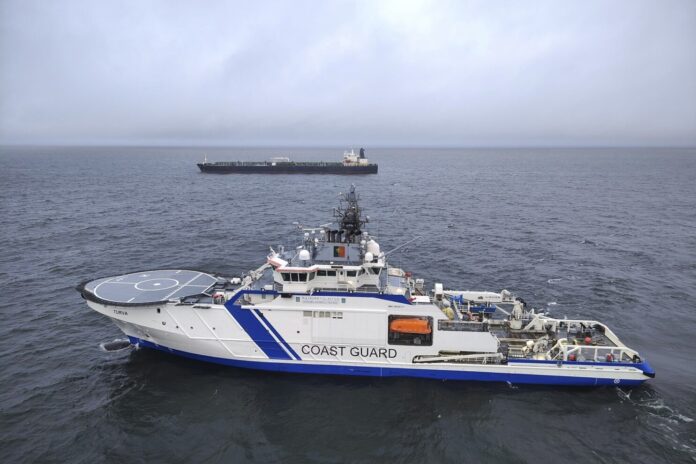Baltic Cable Disruptions Spark Investigations
Recent incidents involving undersea cables in the Baltic region have raised serious concerns. Two critical cables connecting St. Petersburg and Kaliningrad have sustained damage, leading to heightened scrutiny from authorities. Finland’s Ministry of Economic Affairs and Employment received information about the damage on December 27. These cables serve as a vital link for communication and data transfer between Russian regions, making their disruption a matter of significance.
One of the affected cables, the Baltika cable, is owned by Rostelecom, a Russian state-owned company. Spanning nearly 1,000 kilometers, this cable is crucial for data transmission across the Baltic Sea. Notably, about 377 kilometers of the cable run within Finland’s exclusive economic zone (EEZ), an area where Finland holds special rights regarding the use of marine resources. This makes it an important zone for Finnish authorities, who are now closely monitoring developments.
The timing of this incident is particularly striking, as it comes just days after another major cable disruption. On December 25, multiple cables between Finland and Estonia were damaged. Among them was the Estlink 2 electricity cable, a major power connection between the two nations, along with four telecommunications cables. These incidents have led to widespread speculation about a potential connection between the two events, though Finnish officials have not made any public statements linking them.
At the center of the Christmas Day incidents is a vessel called Eagle S, whose crew is being investigated by Finland’s National Bureau of Investigation (NBI). However, no such allegations have been made regarding the damage to the Baltika cable. Finnish officials have been cautious in their statements, choosing not to comment on whether the two incidents are related.
Ongoing Repair Efforts Underway
Efforts to repair the damaged cables in the Baltic region are currently in progress. The primary focus of these operations is on restoring the Baltika cable, which is essential for Russian communications. Repair work is expected to take approximately one week, though progress depends on weather conditions in the Baltic Sea.
According to Rostelecom, the damage was caused by an external impact, though they did not provide further details on what may have caused it. The company has stated that the incident did not occur recently, but rather “some time ago.” However, no specific timeframe has been disclosed, leaving uncertainty over when exactly the damage happened.
Despite the severity of the situation, Rostelecom has assured that its customers have not experienced service disruptions. Backup systems or alternative routing methods may have been used to prevent communication failures. Still, the incident underscores the vulnerability of undersea cable infrastructure, especially in regions with heightened geopolitical tensions.
The location of the Baltika cable makes the incident even more concerning. The damaged section intersects with several other key submarine cables, including Finland’s C-Lion1 cable, which was also damaged on Christmas Day. This raises questions about whether these incidents were coincidental or part of a broader pattern affecting critical infrastructure in the Baltic Sea.
Finland’s Border Guard Monitors Repairs
Repairs on the damaged Baltika undersea cable in the Baltic region are underway, with Finnish authorities closely monitoring the operation. The Russian vessel conducting repairs began work on Saturday, accompanied by Finland’s Border Guard patrol vessel Turva and a NATO vessel in the central Baltic Gulf of Finland. According to marine traffic data, Turva is positioned southeast of Helsinki near the repair site, ensuring compliance with Finnish regulations governing its Exclusive Economic Zone (EEZ).
Russian authorities informed Finland in advance about the repair work, following legal protocols required for activities in Finnish waters. Finnish officials have described their role as routine oversight, ensuring that all operations proceed within legal and security standards. However, given the importance of undersea cables, the situation has drawn significant attention, particularly in light of recent Baltic cable damage incidents in the region.
While no official connection has been made between the Baltika cable damage and the Christmas Day incidents, the timing has sparked speculation. Investigations into the earlier cable damage, including Finland’s C-Lion1 and the Estlink 2 electricity cable, remain ongoing. For now, restoring communication and power networks is the top priority, while these incidents highlight the vulnerability of critical Baltic undersea infrastructure to natural forces or external interference.


